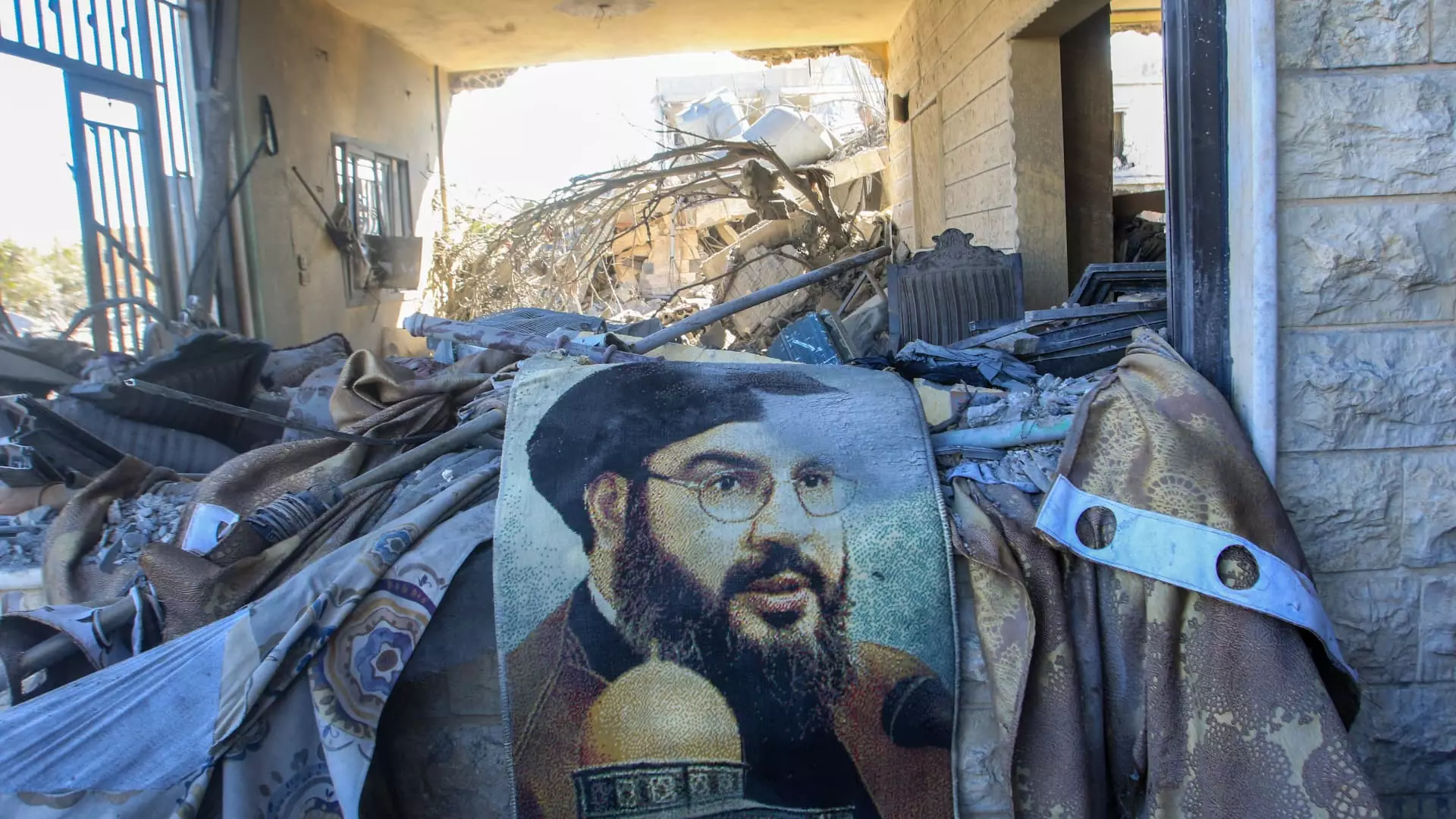The ongoing conflict between Israel and Hezbollah has reached a boiling point, further complicating the already volatile situation in the Middle East. Recently, the potential successor to the slain Hezbollah leader, Sayyed Hassan Nasrallah, has been reportedly uncontactable following an Israeli airstrike aimed at his location. This event raises crucial questions about the future of Hezbollah, the implications for Iran, and the broader consequences for Lebanon and the region.
A significant Israeli operation last Thursday targeted Hashem Safieddine, a potential heir to Nasrallah, in an underground bunker situated in the Dahiyeh suburb of Beirut. This urban area, known for its dense population and as a Hezbollah stronghold, has succumbed to a relentless onslaught comprised of airstrikes and military incursions from Israeli forces. Israeli military officials have indicated that the strikes aim to dismantle Hezbollah’s intelligence operations and disrupt the group’s chain of command.
As the operations unfolded, rescue efforts were hindered by continuous bombardment, leaving the local population in peril. The absence of official communication from Hezbollah regarding the airstrikes on Safieddine further compounds the uncertainty surrounding the group’s leadership and its resilience in the face of escalating pressures. The incident illustrates the precariousness of Hezbollah’s grasp on power, which is deeply intertwined with its Iranian patron’s support.
This surge in Israeli military action is not an isolated occurrence but rather part of a larger strategy to reassert dominance after nearly a year of skirmishes primarily confined to the Israel-Lebanon border. Following the outbreak of hostilities with Hamas and prior intergroup tensions, Israel’s military engagement has seen a geographical expansion, as demonstrated by recent strikes in northern cities like Tripoli.
With air raids in areas previously deemed safe, such as Palestinian refugee camps, the consequences of this conflict ripple through the socio-political fabric of Lebanon. The situation has resulted in widespread casualties among both Hezbollah fighters and civilian populations, with many Lebanese seeking refuge from the relentless violence. Reports indicate that the loss of lives, including children, underscores the conflict’s brutal nature and the humanitarian crisis that unfolds.
For Hezbollah, the implications of losing leadership figures like Safieddine could be profound. The organization’s structure relies heavily on the strategic acumen of its leaders, and responsive dynamics could lead to further destabilization. Israeli incursions have prompted Hezbollah to reevaluate its operational strategies, risking possible fractures within its ranks.
Moreover, the ramifications extend to Iran, which champions Hezbollah as a linchpin in its regional influence. The loss of Hezbollah personnel is a setback for the Iranian initiative in Lebanon and poses challenges to Tehran’s broader objectives. As the conflict escalates, Iran has retaliated with missile strikes aimed at Israel, though their effectiveness appears limited. Nonetheless, the strategic calculus of Iranian leadership concerning support for Hezbollah could shift significantly.
The toll on civilians has been catastrophic. Hundreds have been killed, displacing a significant portion of Lebanon’s population. With 1.2 million fleeing their homes, the United Nations has described the situation as dire. This refugee crisis places additional strain on an already beleaguered nation, grappling with economic woes compounded by infrastructural damage.
Further complicating the landscape is the broader geopolitical context. U.S. involvement is palpable, as President Biden has urged caution in considering military responses against Iranian oil fields, highlighting the complexities of international relations in the region. The stakes are high, with oil prices fluctuating based on perceptions of conflict escalation between Israel and Iran.
As the situation continues to evolve, it is essential to recognize the layered dimensions of the conflict. The battles in Lebanon are not simply military engagements but rather maneuverings within a complex web of geopolitical strategies, sociopolitical ramifications, and humanitarian crises. The fate of Hezbollah, the response from Iran, and the ripple effects on the Lebanese populace all rest in a precarious balance, shaping the future landscape of an already turbulent region. As Israel increases its military operations, the international community must scrutinize the unfolding events and consider paths to de-escalation to avert an even greater humanitarian catastrophe.


Leave a Reply